Home>Furniture & Design>Kitchen Furniture>Why Are Bar Stools So Uncomfortable
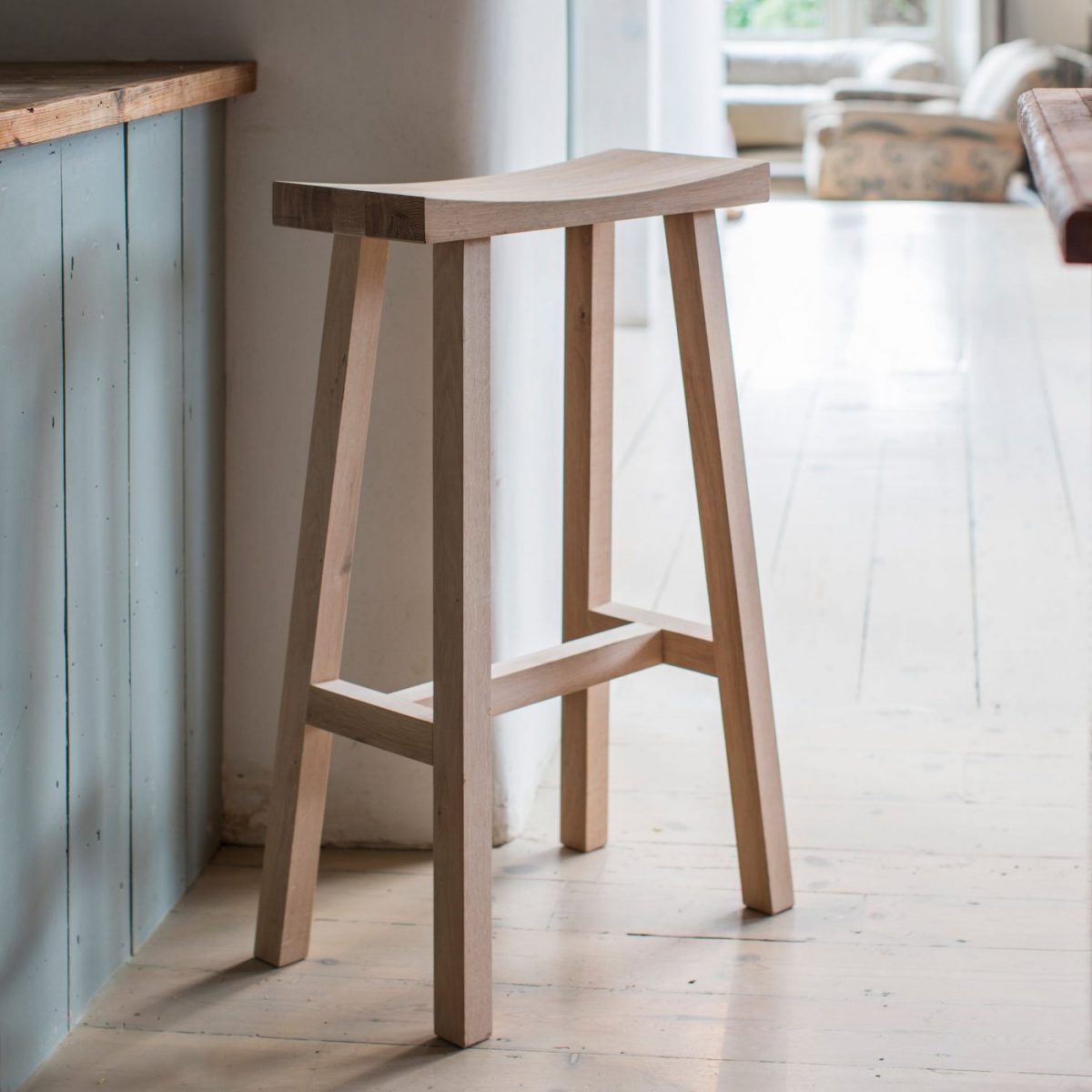

Kitchen Furniture
Why Are Bar Stools So Uncomfortable
Published: January 8, 2024
Discover the reasons why bar stools can be uncomfortable and learn how to choose the right kitchen furniture for comfort and design. Explore solutions to enhance your seating experience.
(Many of the links in this article redirect to a specific reviewed product. Your purchase of these products through affiliate links helps to generate commission for Storables.com, at no extra cost. Learn more)
Introduction
Bar stools are a ubiquitous feature in modern kitchens, restaurants, and bars, providing a casual and sociable seating option for patrons. However, despite their prevalence, many individuals find bar stools to be surprisingly uncomfortable. This discomfort can detract from the overall dining or socializing experience, leading to questions about the design, ergonomics, and materials used in the construction of these popular pieces of furniture.
In this article, we will delve into the world of bar stools, exploring their history, design, and the factors that contribute to their perceived discomfort. By understanding the intricacies of bar stool construction and ergonomics, we can gain valuable insights into why these seating options often fall short in terms of comfort. Furthermore, we will explore potential solutions to enhance the comfort of bar stools, making them more enjoyable and ergonomic for users.
Join us on this journey as we uncover the reasons behind the discomfort associated with bar stools and discover innovative approaches to improve their overall comfort and usability. Whether you are a design enthusiast, a hospitality professional, or simply someone looking to elevate their dining experience, this exploration of bar stool comfort is sure to offer valuable insights and practical solutions.
Key Takeaways:
- Bar stools have a rich history, evolving from symbols of power to versatile seating options. Understanding their past helps us appreciate their enduring appeal in modern spaces.
- Design and materials greatly impact bar stool comfort. By prioritizing ergonomic principles, cushioned seating, and user feedback, manufacturers can create inviting and accommodating seating options for diverse environments.
Read more: Why Is Memory Foam So Uncomfortable
The History of Bar Stools
Bar stools have a rich and diverse history that dates back to ancient civilizations. While the specific origins of bar stools are not definitively documented, their evolution can be traced through various cultural and historical contexts.
One of the earliest known instances of elevated seating can be found in ancient Egypt, where the pharaohs and high-ranking officials utilized elevated chairs and stools to signify their status and authority. These early elevated seats were often intricately carved and adorned, emphasizing the importance of the individuals who occupied them.
Throughout history, elevated seating continued to be associated with power and prestige. In ancient Rome, for example, high-ranking officials and dignitaries often sat on elevated seats during social and political gatherings, symbolizing their elevated status within society.
The concept of bar stools, as we recognize them today, began to take shape during the prohibition era in the United States. As speakeasies and clandestine bars gained popularity, the need for tall, space-saving seating became apparent. This led to the development of the first iterations of modern bar stools, which were designed to accommodate the limited space within these covert drinking establishments.
As the 20th century progressed, bar stools became synonymous with casual dining and socializing. They found their way into diners, soda fountains, and eventually, home kitchens and entertainment spaces. The evolution of bar stools mirrored the changing social dynamics and dining habits of the time, with an increasing emphasis on informal and communal dining experiences.
Today, bar stools are not only a functional seating option but also a design statement. They come in a myriad of styles, materials, and heights, catering to diverse preferences and interior aesthetics. From sleek and modern designs to rustic and industrial-inspired pieces, bar stools have evolved to complement a wide range of interior design schemes and architectural styles.
Understanding the historical evolution of bar stools provides valuable context for appreciating their enduring appeal and ubiquitous presence in contemporary spaces. The evolution of bar stools from symbols of authority to versatile and sociable seating options reflects the dynamic interplay between design, culture, and social customs throughout history.
The Design of Bar Stools
Bar stools come in a diverse array of designs, each tailored to specific environments, preferences, and functional requirements. The design of a bar stool encompasses various elements, including its height, materials, construction, and aesthetic features, all of which contribute to its overall comfort and visual appeal.
The height of a bar stool is a fundamental design consideration, as it directly impacts its usability and comfort. Bar stools are typically available in different heights to accommodate various counter and bar heights. For instance, counter-height bar stools are designed for use with standard kitchen counters, while bar-height stools are intended for taller bar counters. The appropriate height ensures that users can comfortably reach the counter or bar while maintaining proper posture.
Materials play a crucial role in the design and construction of bar stools, influencing their aesthetics, durability, and comfort. Common materials used in bar stool construction include wood, metal, plastic, and upholstery. Each material offers distinct visual and tactile qualities, allowing for a wide range of design possibilities. Additionally, the choice of materials can significantly impact the overall comfort and ergonomics of the bar stool, particularly in terms of seat padding and backrest support.
The construction of a bar stool encompasses its structural integrity, stability, and weight-bearing capacity. A well-designed bar stool should provide a stable and secure seating experience, minimizing the risk of tipping or instability. Reinforcements such as footrests, crossbars, and sturdy bases contribute to the overall stability and user comfort, especially during prolonged sitting periods.
Aesthetic features such as the shape of the seat, the curvature of the backrest, and the overall silhouette contribute to the visual appeal and ergonomic functionality of bar stools. The design of the seat and backrest directly influences the user’s posture and comfort, making it essential to consider ergonomics in the design process. Additionally, the visual design elements, such as color, texture, and finish, play a significant role in integrating bar stools seamlessly into diverse interior design schemes.
Overall, the design of bar stools encompasses a delicate balance between functionality, aesthetics, and comfort. By carefully considering the height, materials, construction, and visual elements, designers can create bar stools that not only enhance the visual appeal of a space but also provide a comfortable and inviting seating experience for users.
The Ergonomics of Bar Stools
Ergonomics plays a pivotal role in the design and comfort of bar stools, aiming to optimize the interaction between individuals and their environment. When applied to bar stool design, ergonomic principles focus on creating seating solutions that promote proper posture, support the body, and minimize the risk of discomfort or strain during use.
One of the primary ergonomic considerations in bar stool design is the alignment of the seat height with the counter or bar top. Proper alignment ensures that users can maintain a neutral sitting position, with their feet resting flat on the ground or on a supportive footrest. This alignment minimizes the strain on the lower back and legs, promoting comfort and reducing the risk of musculoskeletal issues associated with prolonged sitting.
Backrest design is another crucial aspect of bar stool ergonomics. While not all bar stools feature backrests, those that do should provide adequate lumbar support and promote a natural, upright posture. A well-designed backrest encourages users to sit back comfortably, relieving pressure on the spine and promoting proper spinal alignment. Additionally, the curvature and height of the backrest should complement the natural contours of the human body, enhancing overall comfort and support.
The seat design and cushioning also play a significant role in bar stool ergonomics. An ergonomically contoured seat promotes healthy sitting postures by distributing body weight evenly and reducing pressure points. Adequate seat padding can enhance comfort, particularly during extended periods of use, while also contributing to the overall visual and tactile appeal of the bar stool.
Footrests are essential ergonomic features in bar stool design, providing support and stability for the lower body. Properly positioned footrests allow users to shift their weight and maintain balanced posture while seated, reducing the strain on the legs and promoting circulation. Additionally, footrests contribute to the overall comfort and usability of bar stools, especially in environments where patrons may spend extended periods seated at bars or high tables.
By integrating ergonomic principles into the design of bar stools, furniture manufacturers and designers can create seating solutions that prioritize user comfort and well-being. The thoughtful application of ergonomic considerations ensures that bar stools not only enhance the visual appeal of a space but also provide a supportive and comfortable seating experience for individuals across various settings.
Look for bar stools with a cushioned seat and a footrest to provide more comfort. Adjustable height and swivel features can also help you find a more comfortable position.
The Materials Used in Bar Stools
The materials used in the construction of bar stools play a pivotal role in determining their durability, comfort, and aesthetic appeal. From traditional wood to modern metals and upholstery, the choice of materials significantly influences the overall design and functionality of bar stools.
Wood is a classic and versatile material often employed in bar stool construction. It offers a timeless aesthetic and can be crafted into a myriad of styles, from rustic and traditional to sleek and contemporary designs. Wood bar stools are valued for their natural warmth, durability, and ability to complement a wide range of interior decor styles. Additionally, wood can be finished in various stains and lacquers, allowing for customization and personalization to suit individual preferences.
Metal bar stools are celebrated for their durability, sleek appearance, and modern aesthetic. Commonly crafted from materials such as steel, aluminum, and iron, metal bar stools are renowned for their strength and stability. They are often used in industrial, minimalist, and contemporary interior designs, adding a touch of sophistication and urban flair to spaces. Metal bar stools can be finished in a range of colors and coatings, offering versatility and adaptability in diverse design schemes.
Upholstered bar stools feature fabric, leather, or synthetic coverings that provide cushioning and comfort for users. Upholstery adds a layer of softness to the seating surface, enhancing the overall comfort and tactile appeal of bar stools. Additionally, upholstery allows for a wide range of colors, patterns, and textures, enabling bar stools to make a bold design statement or seamlessly integrate into existing decor schemes. The padding and support provided by upholstered bar stools contribute to their suitability for extended use in dining and entertainment settings.
Plastic and composite materials are increasingly utilized in modern bar stool design, offering lightweight, durable, and versatile options. Plastic bar stools are favored for their ease of maintenance, resistance to moisture and stains, and vibrant color options. They are well-suited for outdoor use and contemporary indoor spaces, where their sleek and streamlined designs can complement a range of design aesthetics.
By carefully selecting and combining these materials, furniture manufacturers and designers can create bar stools that not only reflect diverse design sensibilities but also offer durability, comfort, and visual appeal. The thoughtful integration of materials in bar stool construction allows for an extensive array of design possibilities, catering to the varied preferences and functional requirements of users across different environments.
Read more: How Much Overhang For Bar Stools
The Impact of Bar Stool Design on Comfort
The design of bar stools plays a pivotal role in determining the level of comfort they provide to users. From the height and shape of the seat to the materials and ergonomic features, each design element significantly influences the overall comfort and usability of bar stools in various settings.
The height of a bar stool is a critical design factor that directly impacts user comfort. Proper seat height ensures that users can comfortably reach the counter or bar, minimizing strain on the legs and promoting healthy sitting postures. Inadequate seat height can lead to discomfort and fatigue, detracting from the overall dining or socializing experience. Therefore, careful consideration of seat height in relation to the intended use environment is essential to ensure optimal comfort for users.
The shape and contour of the seat contribute to the overall comfort of bar stools. Ergonomically designed seats that conform to the natural curves of the body promote proper posture and reduce pressure points, enhancing user comfort during extended periods of sitting. Additionally, the size and depth of the seat play a crucial role in accommodating a wide range of body types and ensuring a comfortable seating experience for all users.
Backrest design significantly impacts the comfort and support provided by bar stools. Well-designed backrests that offer adequate lumbar support encourage users to sit back comfortably, reducing strain on the spine and promoting healthy posture. The curvature and height of the backrest contribute to overall comfort, particularly in settings where patrons may spend prolonged periods seated at bars or high tables.
The materials used in bar stool construction also have a profound impact on comfort. Upholstered bar stools with cushioned seats and backrests provide a soft and supportive seating surface, enhancing comfort and tactile appeal. Additionally, the choice of materials influences the overall feel and temperature of the seating, further contributing to user comfort and satisfaction.
Footrests are essential design elements that enhance the comfort and usability of bar stools. Properly positioned footrests allow users to shift their weight, maintain balanced posture, and reduce strain on the legs and lower back. By providing support and stability for the lower body, footrests contribute to a more comfortable and ergonomic seating experience.
Overall, the design of bar stools profoundly impacts user comfort, making it essential for designers and manufacturers to prioritize ergonomic principles, materials, and thoughtful design elements. By creating bar stools that prioritize comfort without compromising on aesthetic appeal, designers can enhance the overall dining, socializing, and seating experiences for individuals across diverse environments.
Solutions to Improve Bar Stool Comfort
Enhancing the comfort of bar stools is a multifaceted endeavor that involves thoughtful design, ergonomic considerations, and the integration of innovative solutions. By addressing various aspects of bar stool design and construction, manufacturers and designers can significantly improve the comfort and usability of these popular seating options.
One effective solution to enhance bar stool comfort is the integration of ergonomic design principles. This includes optimizing seat height, backrest support, and seat contours to promote proper posture and reduce strain on the body during use. Ergonomically designed bar stools prioritize user comfort, making them suitable for extended periods of sitting in dining, entertainment, and socializing settings.
The incorporation of cushioned seats and backrests can greatly improve the comfort of bar stools. Upholstered bar stools provide a soft and supportive seating surface, reducing pressure points and enhancing overall comfort. Additionally, the use of high-quality padding and upholstery materials further contributes to the tactile appeal and comfort of bar stools, making them more inviting for users.
Adjustable bar stools offer a versatile solution to enhance comfort, allowing users to customize the seating experience to their preferences. Height-adjustable and swivel bar stools provide flexibility and adaptability, catering to diverse user needs and spatial requirements. These adjustable features empower users to find their optimal seating position, promoting comfort and usability in various environments.
Incorporating footrests at optimal heights can significantly improve the comfort and ergonomics of bar stools. Well-positioned footrests provide support for the lower body, allowing users to shift their weight and maintain balanced posture while seated. This reduces strain on the legs and lower back, contributing to a more comfortable and enjoyable seating experience.
The use of advanced materials, such as memory foam and high-density cushioning, can elevate the comfort of bar stools. These materials offer superior support and pressure relief, enhancing the overall seating experience for users. Additionally, the integration of breathable and temperature-regulating fabrics can further improve comfort, ensuring a pleasant and inviting seating environment.
Lastly, the consideration of user feedback and ergonomic research is paramount in improving bar stool comfort. By actively seeking and incorporating user insights and ergonomic data into the design process, manufacturers can create bar stools that prioritize user well-being and satisfaction. User-centered design approaches ensure that bar stools not only meet aesthetic standards but also deliver exceptional comfort and usability.
By implementing these solutions and prioritizing user comfort in the design and construction of bar stools, manufacturers and designers can elevate the overall seating experience, making bar stools more inviting, ergonomic, and enjoyable for individuals across diverse settings.
Conclusion
The comfort of bar stools is a critical consideration in the design and selection of these ubiquitous seating options. As we’ve explored the history, design elements, and ergonomic factors that influence bar stool comfort, it is evident that thoughtful design and innovative solutions are essential in enhancing the overall seating experience for users.
From their ancient origins as symbols of status to their modern-day presence in kitchens, restaurants, and bars, bar stools have evolved to reflect changing social dynamics and design preferences. However, the quest for comfort remains a constant and essential aspect of their design and functionality.
The design of bar stools, encompassing elements such as seat height, materials, ergonomics, and aesthetic features, significantly impacts their comfort and usability. By integrating ergonomic principles, cushioned seating, adjustable features, and user-centered design approaches, manufacturers and designers can improve the comfort and versatility of bar stools, catering to diverse user needs and spatial requirements.
As we look to the future, the pursuit of enhanced comfort in bar stool design continues to inspire innovation and creativity. By embracing advanced materials, user feedback, and ergonomic research, the industry can elevate the comfort and usability of bar stools, making them more inviting and accommodating for individuals across various environments.
Ultimately, the comfort of bar stools goes beyond mere functionality; it contributes to the overall dining, socializing, and seating experiences of individuals. By prioritizing comfort in bar stool design, we can create welcoming and inclusive spaces that encourage relaxation, conviviality, and well-being for all users.
Whether in a bustling restaurant, a cozy kitchen, or a trendy bar, the comfort of bar stools plays a crucial role in shaping the ambiance and enjoyment of these spaces. By embracing innovative solutions and user-centric design principles, we can ensure that bar stools not only meet the demands of modern living but also provide a comfortable and inviting seating experience for all individuals.
As we continue to explore the intersection of design, comfort, and usability in bar stools, we embark on a journey toward creating more inclusive, ergonomic, and aesthetically pleasing seating solutions that enrich the daily experiences of people around the world.
Frequently Asked Questions about Why Are Bar Stools So Uncomfortable
Was this page helpful?
At Storables.com, we guarantee accurate and reliable information. Our content, validated by Expert Board Contributors, is crafted following stringent Editorial Policies. We're committed to providing you with well-researched, expert-backed insights for all your informational needs.
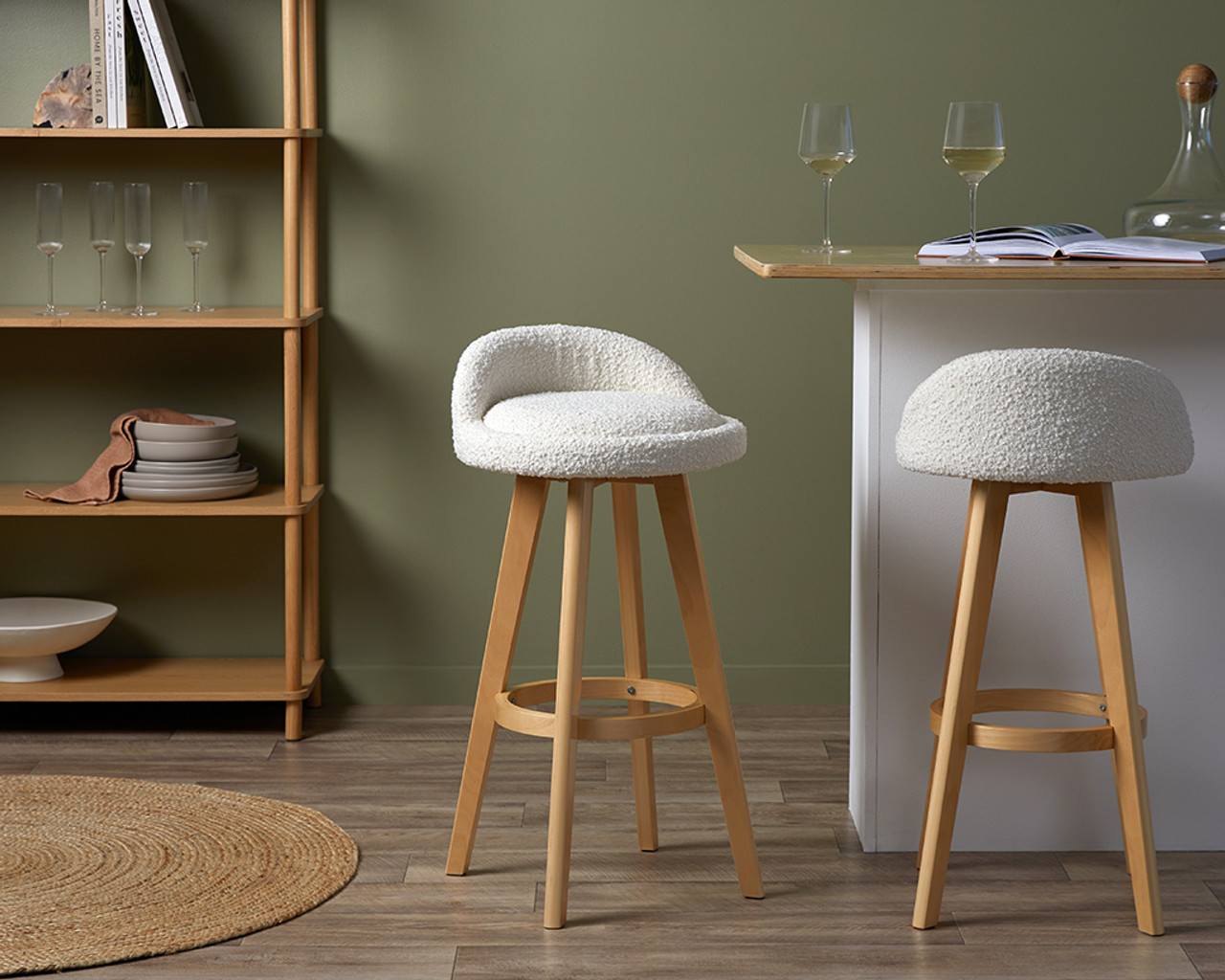
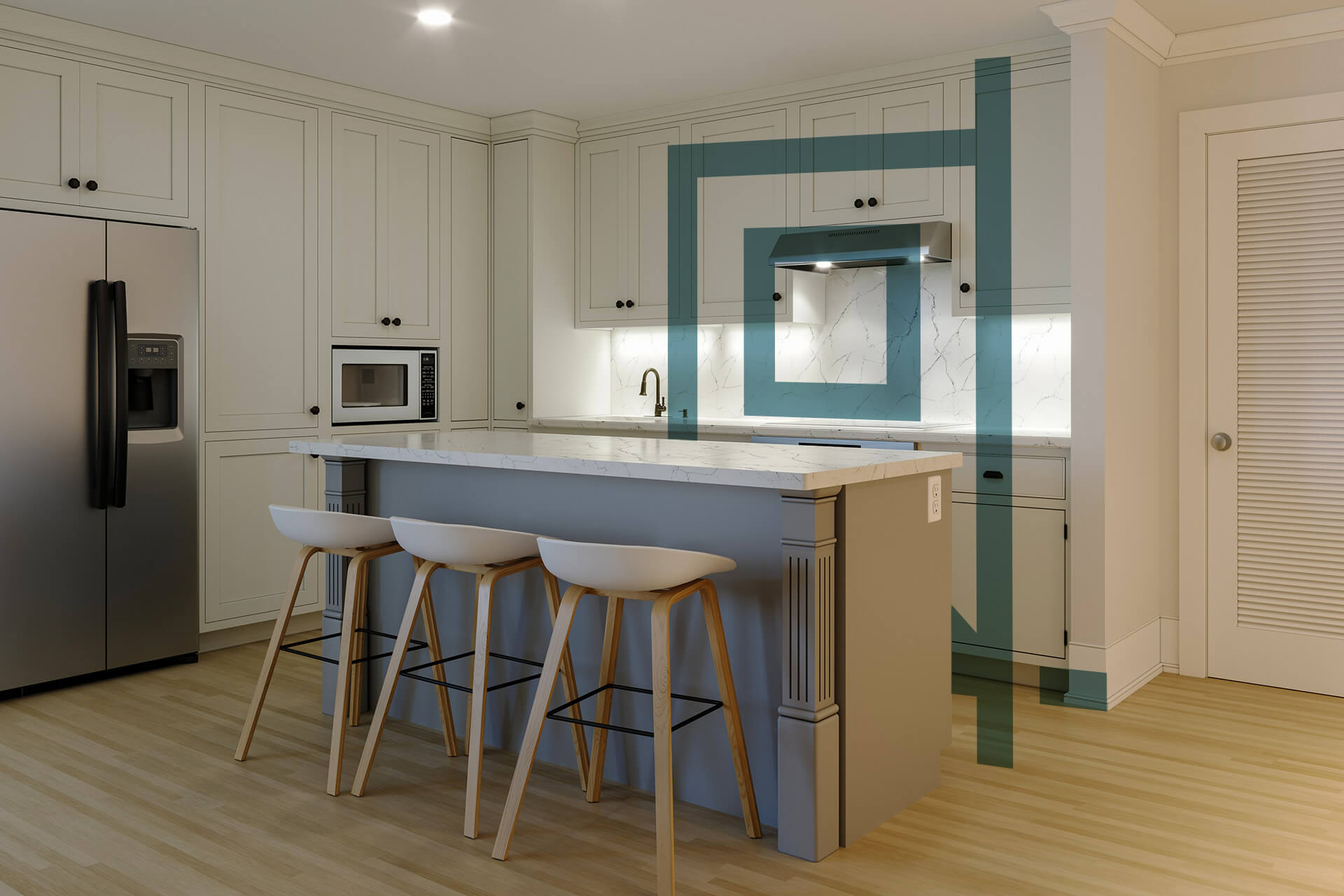
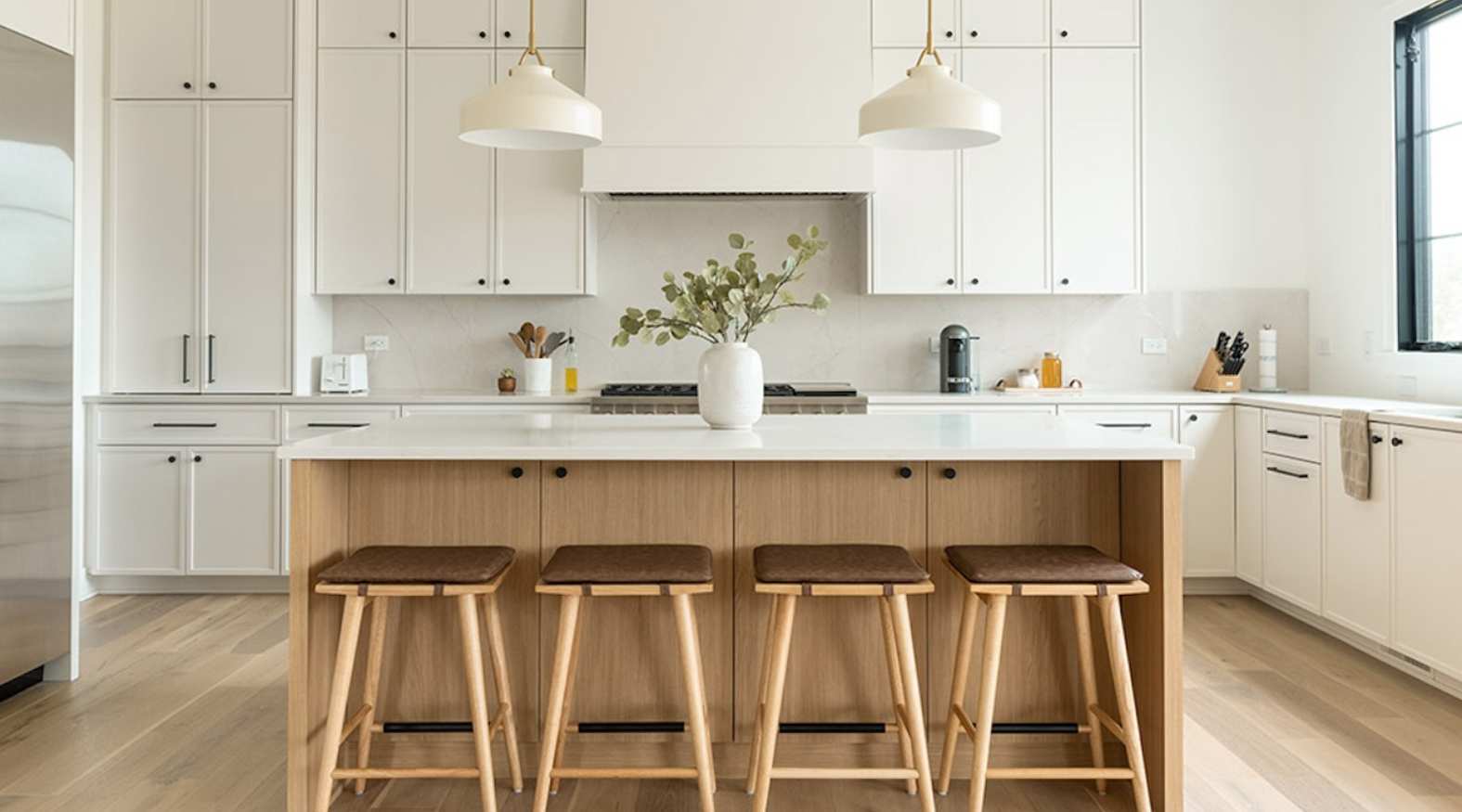
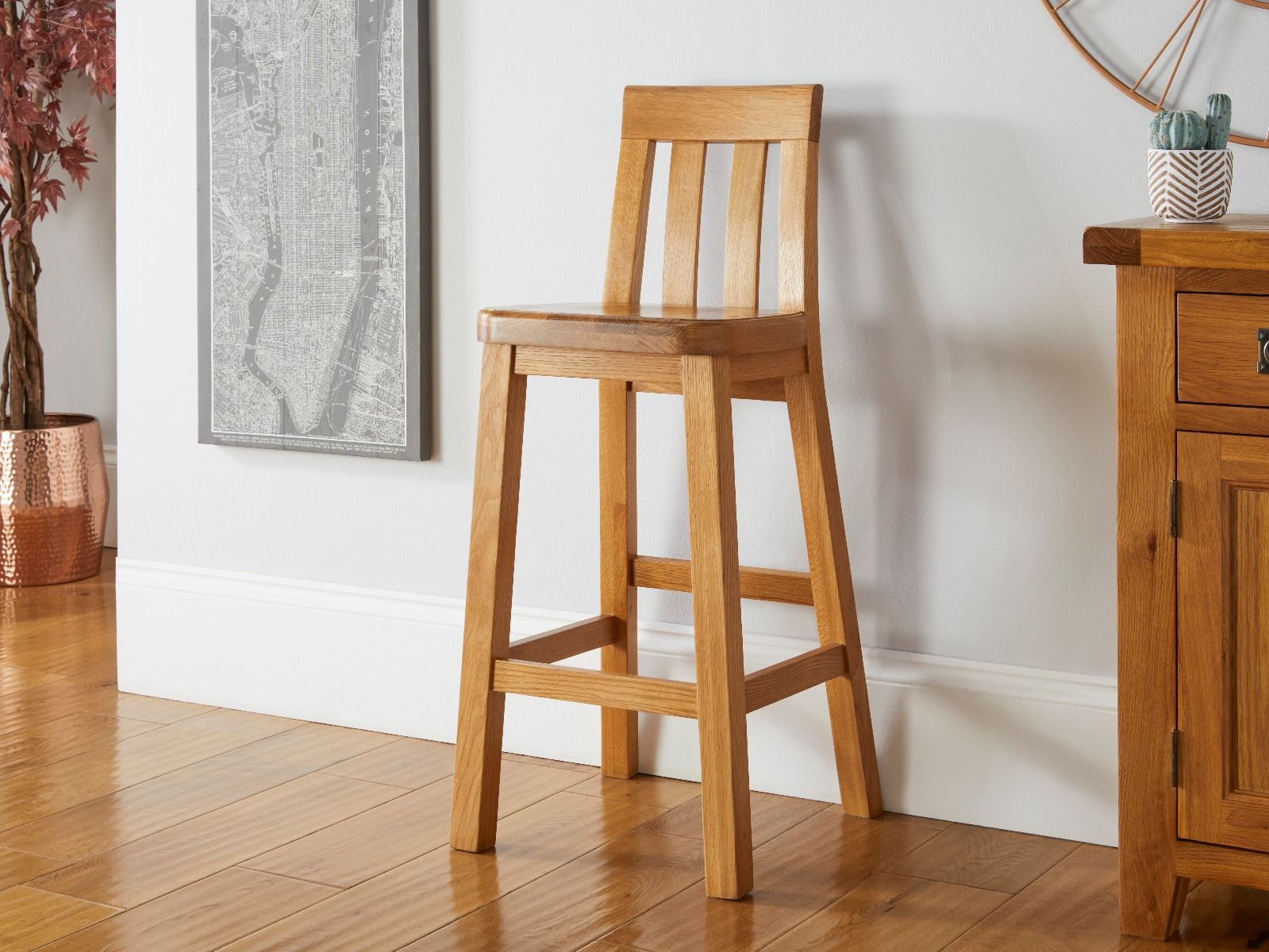
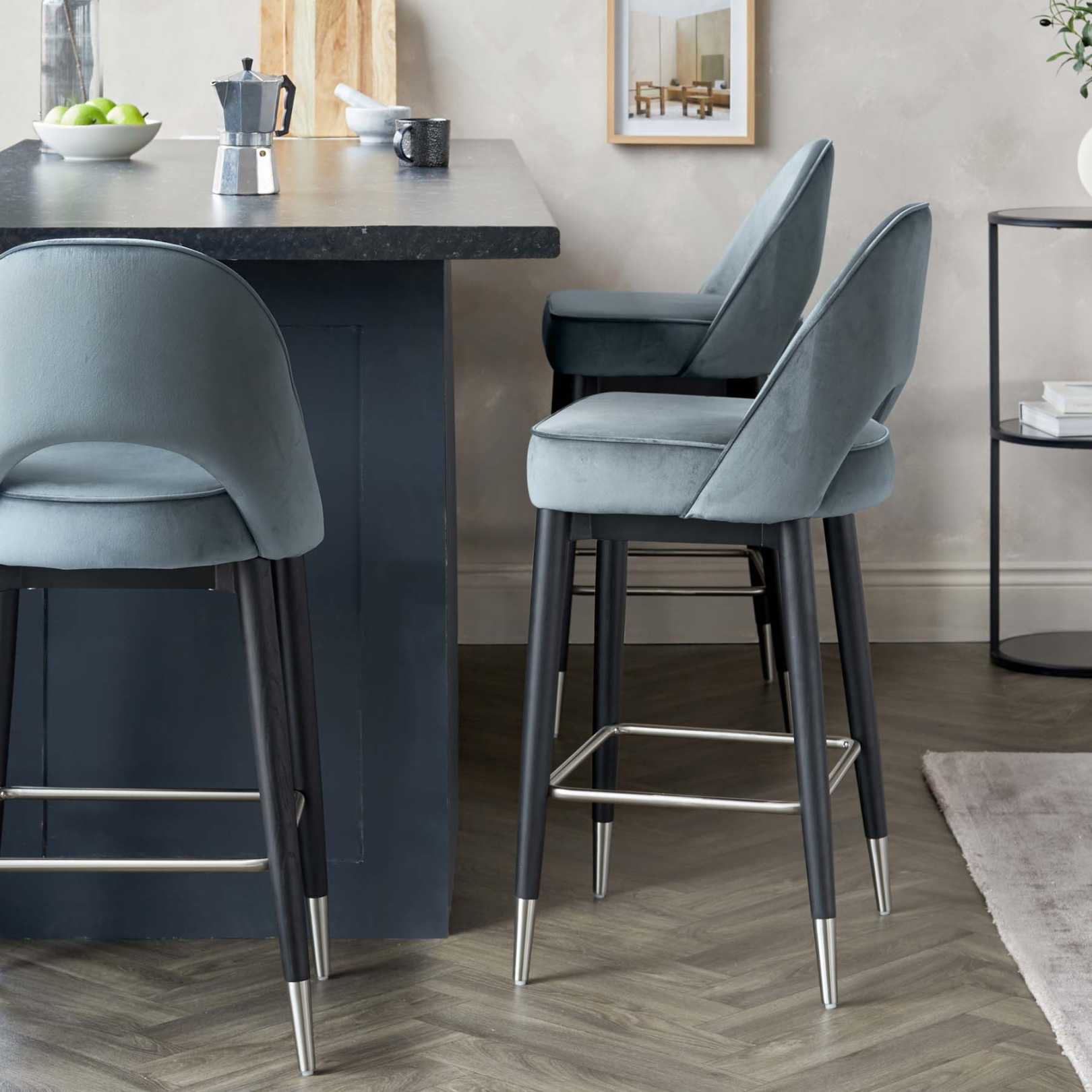
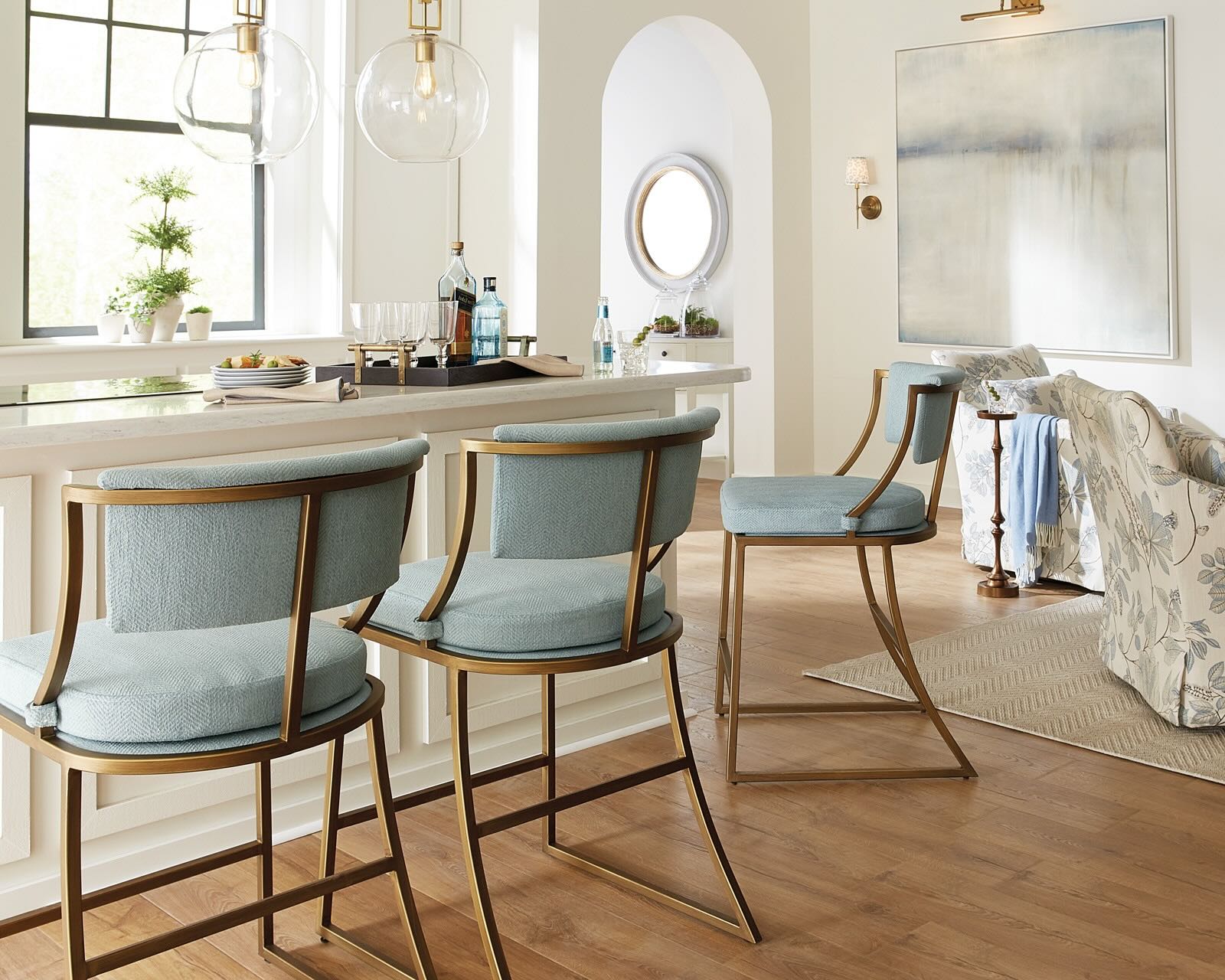
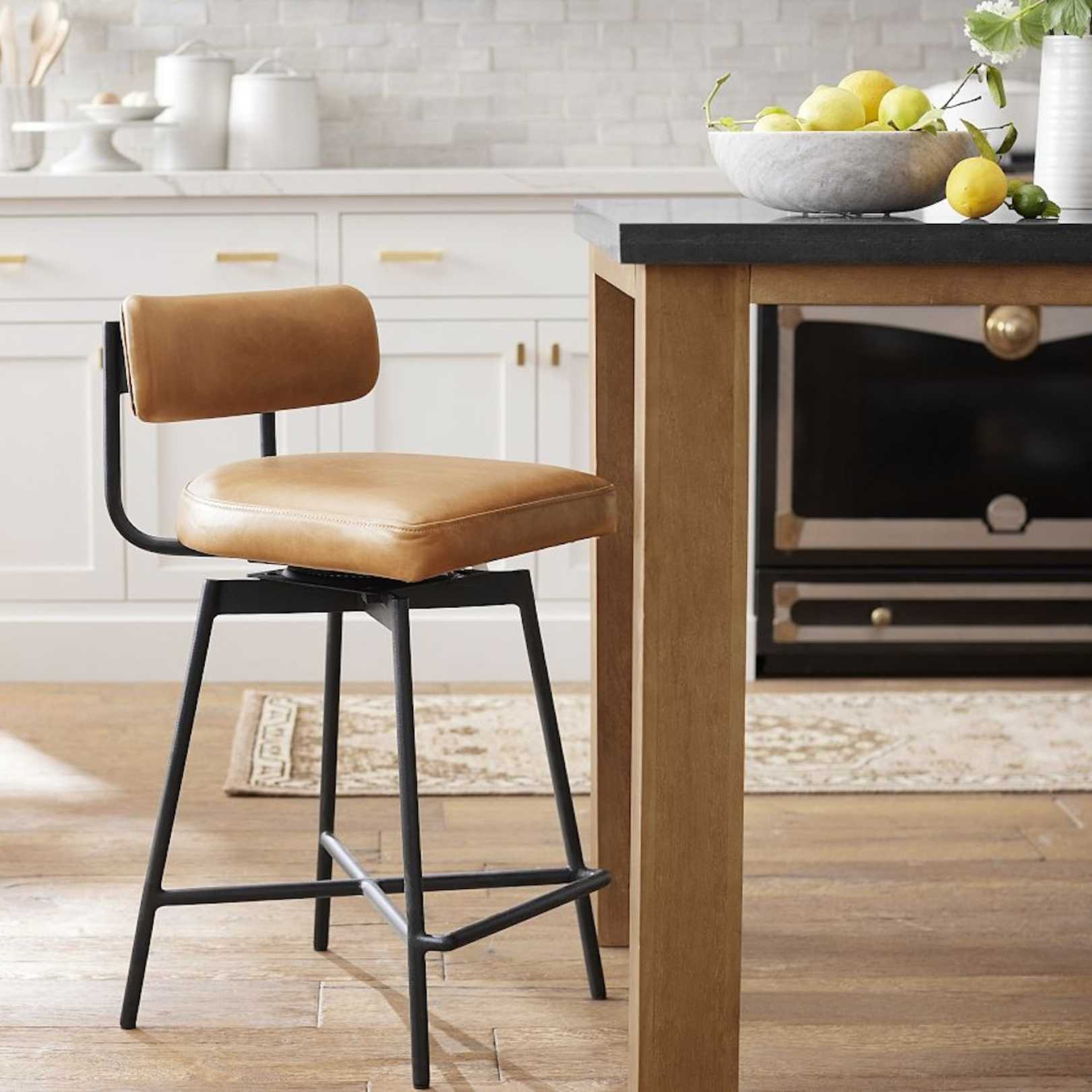
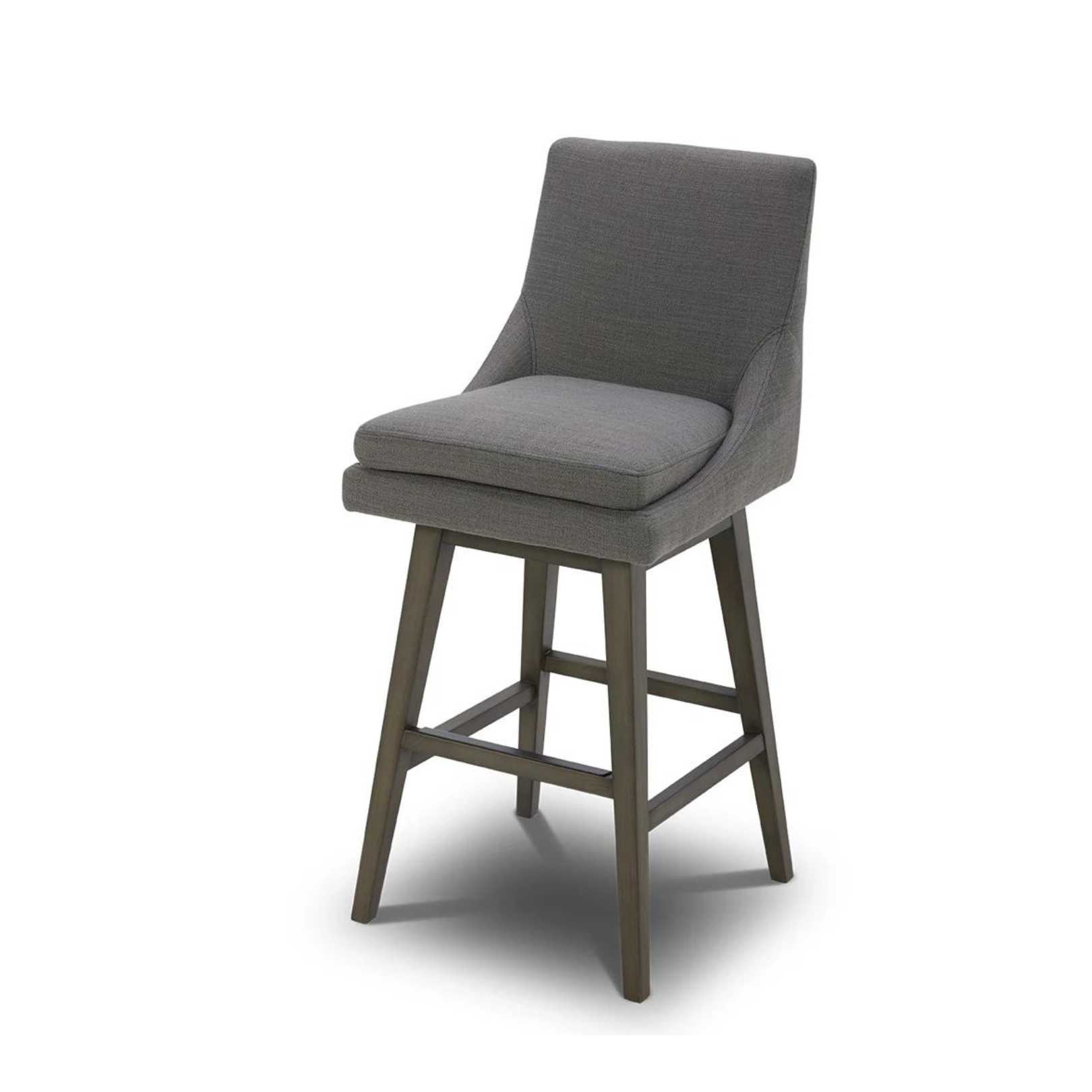
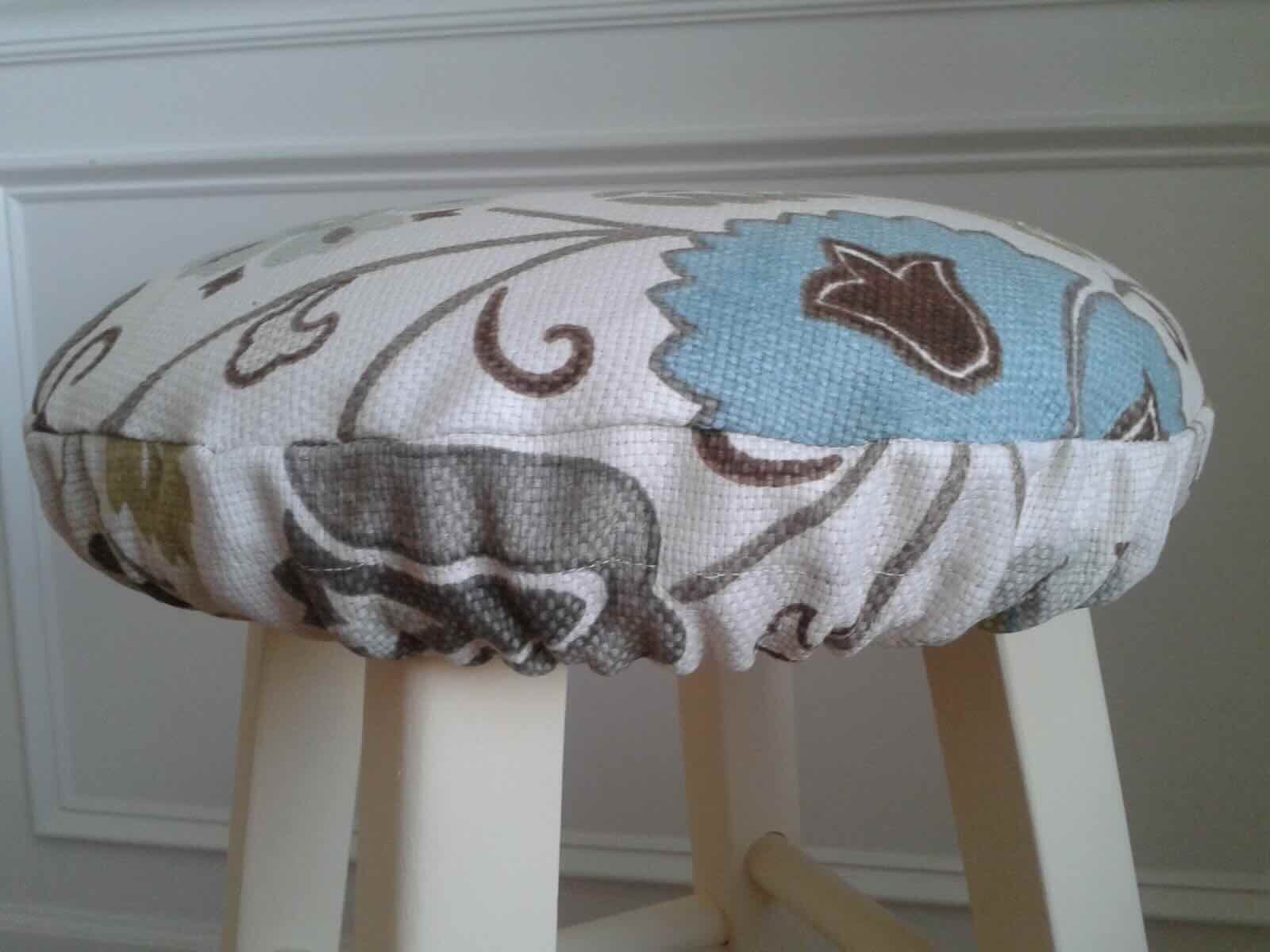
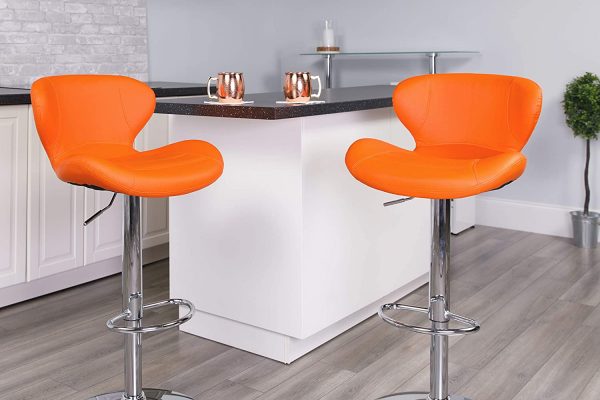
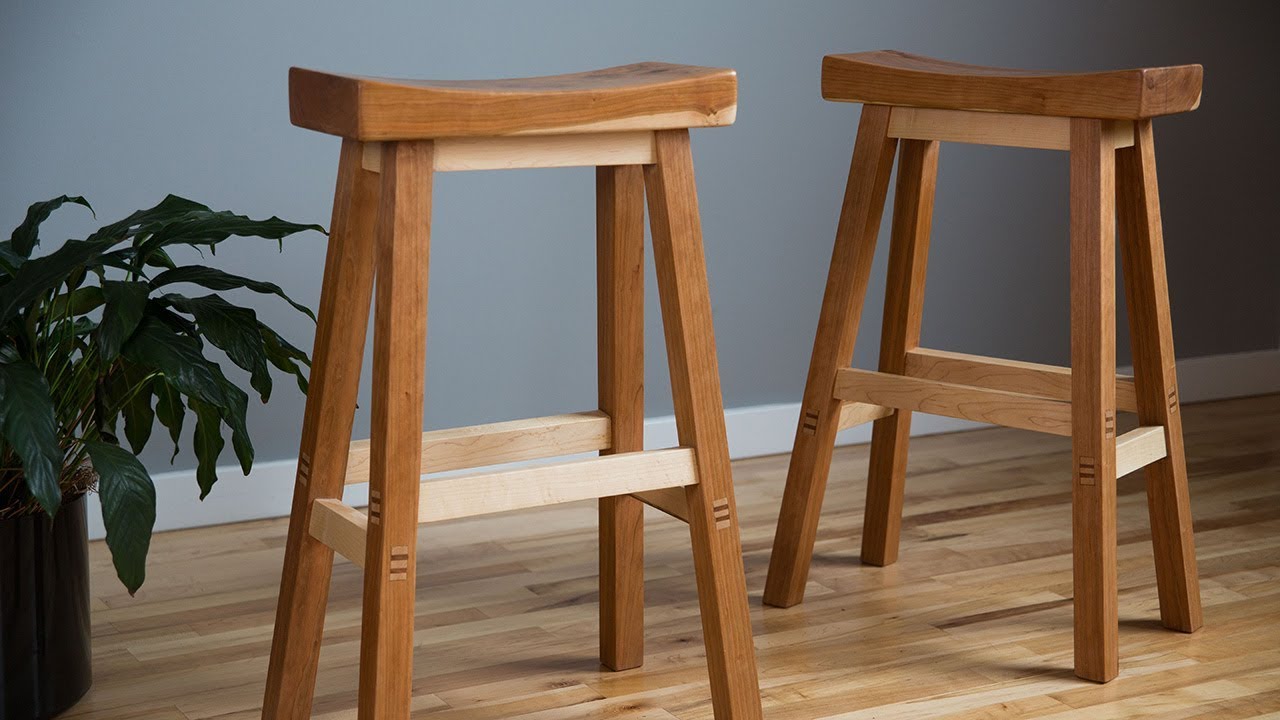
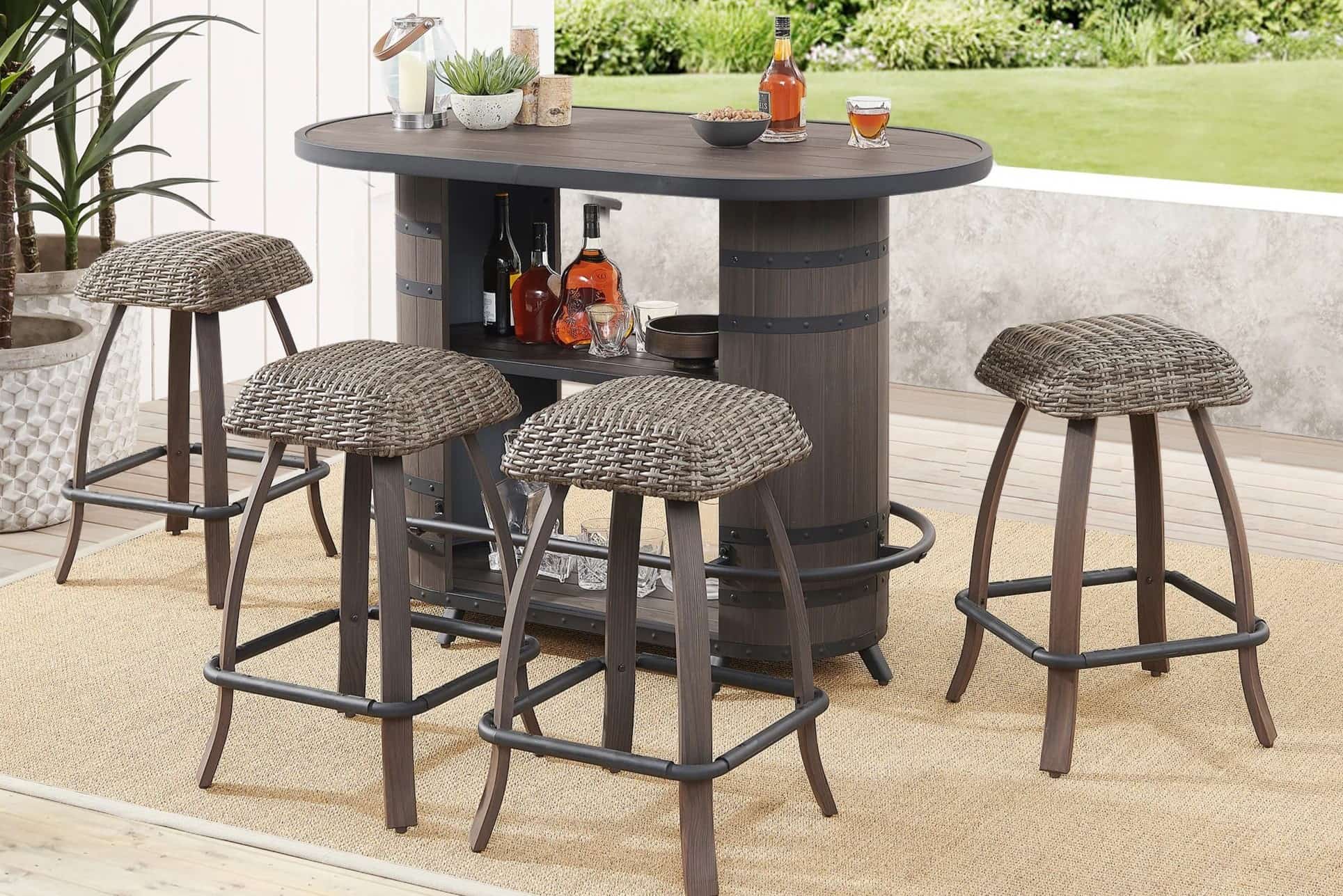
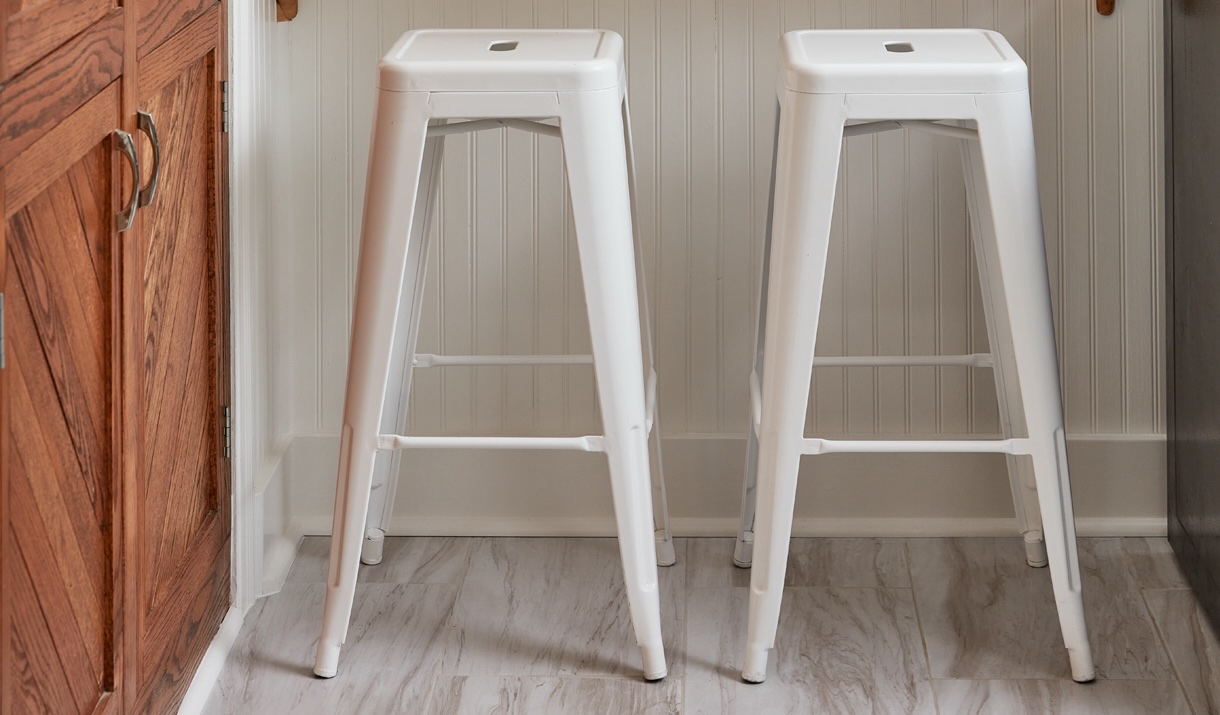
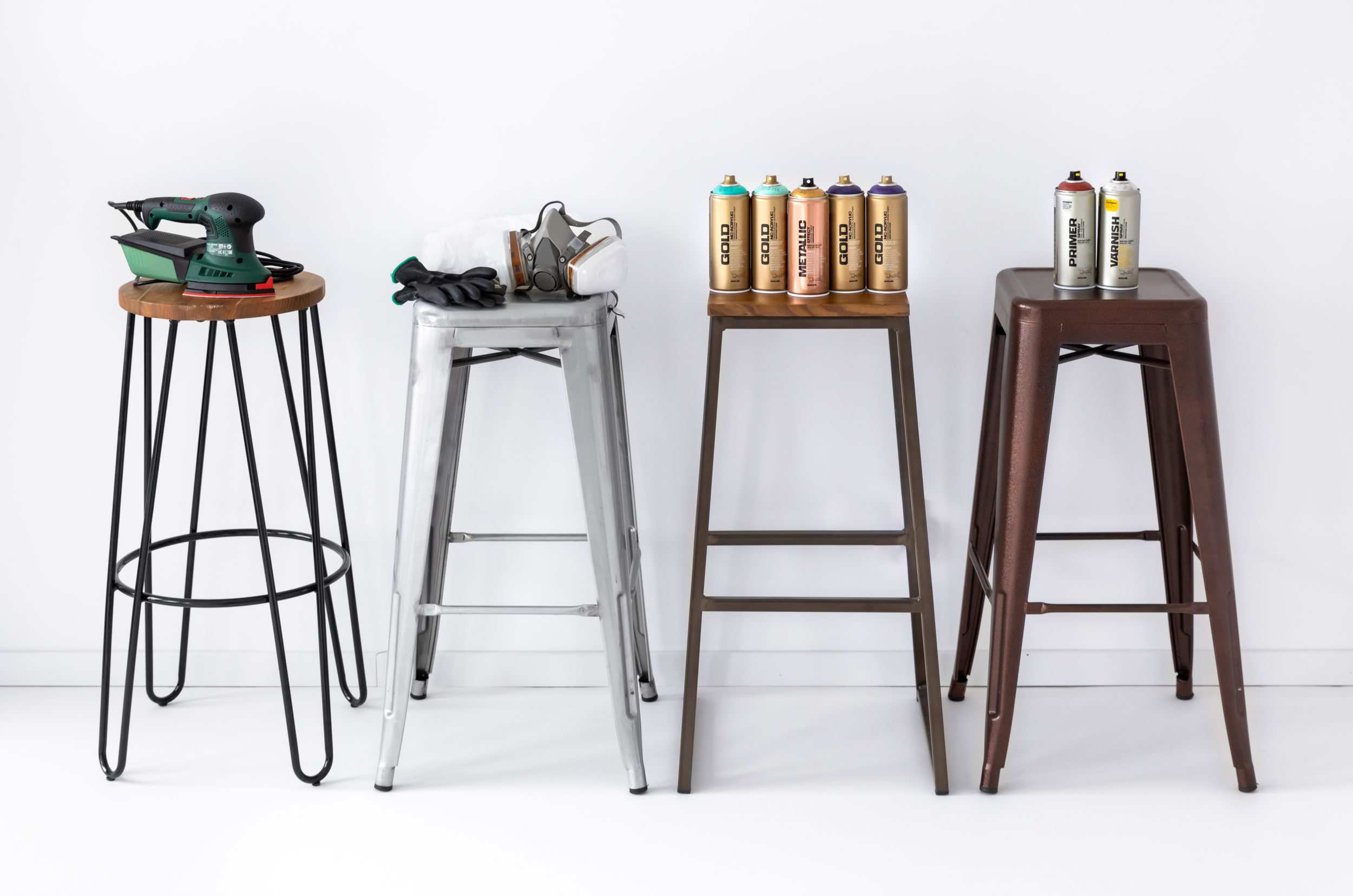

0 thoughts on “Why Are Bar Stools So Uncomfortable”